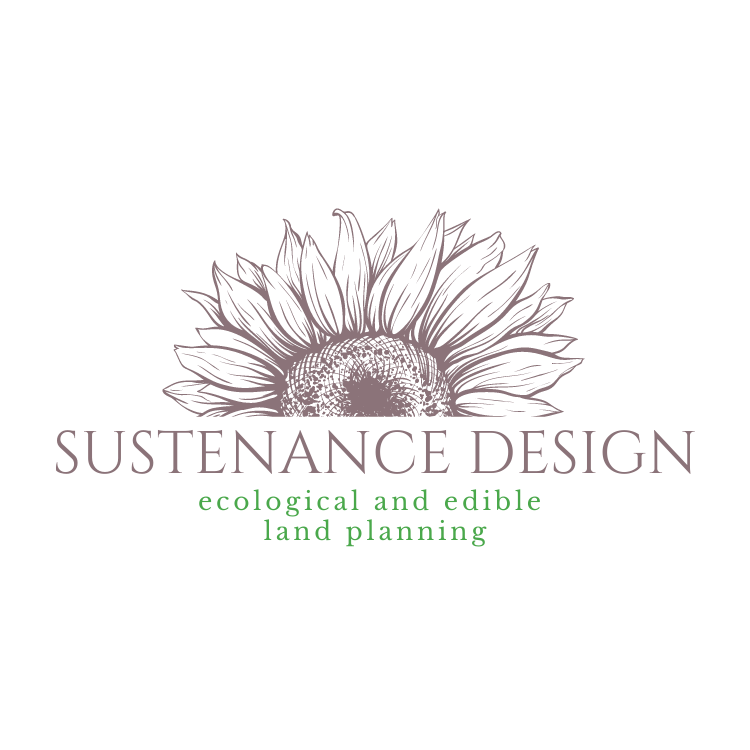Regenerative Landscape solutions: why the change in terminology
We are hearing (and using) the word Regenerative a lot these days. What does it mean and why the change in terminology? When we opened our doors as Ecological Designers in 2006, the word we used was Sustainable: we are designing and implementing more sustainable landscapes. Sustainable was defined, basically, as affecting 7 generations into the future (and also 7 generations back if you get into Yoga/ Vedanta, but that’s beyond this post.) Regeneration indicates that we are seeking to make active improvements and not just sustain the landscape. We are improving soil by adding organic matter that contributes to soil structure and builds microbial populations. Plants we utilize, such as native grasses, have deep root systems that break up clay and allow pathways for water to infiltrate our clay soils. We are regenerating above ground by encouraging biodiversity of insects, like moths, butterflies, birds with the native plants we implement. We utilize passive water techniques, like berms and swales to infiltrate (slow, spread and sink) stormwater. We store carbon (a lot of it, actually) with perennial plant systems, especially trees and meadow grasses.
So each of these goals: building soil, supporting biodiversity, infiltrating water and storing carbon lead to Regeneration. Regenerative is a meaningful term for landscapes and when we utilize these techniques, from a variety of methods- Permaculture and Organic agriculture to name two- we are improving the overall ecosystem in a holistic sense, helping to heal the Earth’s ecology.
Organic and Biodynamic Agriculture were the first to label these practices. Of course, indigenous tribes around the globe have been practicing similar techniques, appropriate to different climates, for centuries before these terms were invented. To learn more about Regenerative growing practices, check out Stellar Roots Herb Farm, owned and operated by Lindsey- Sustenance Design’s Owner too.

